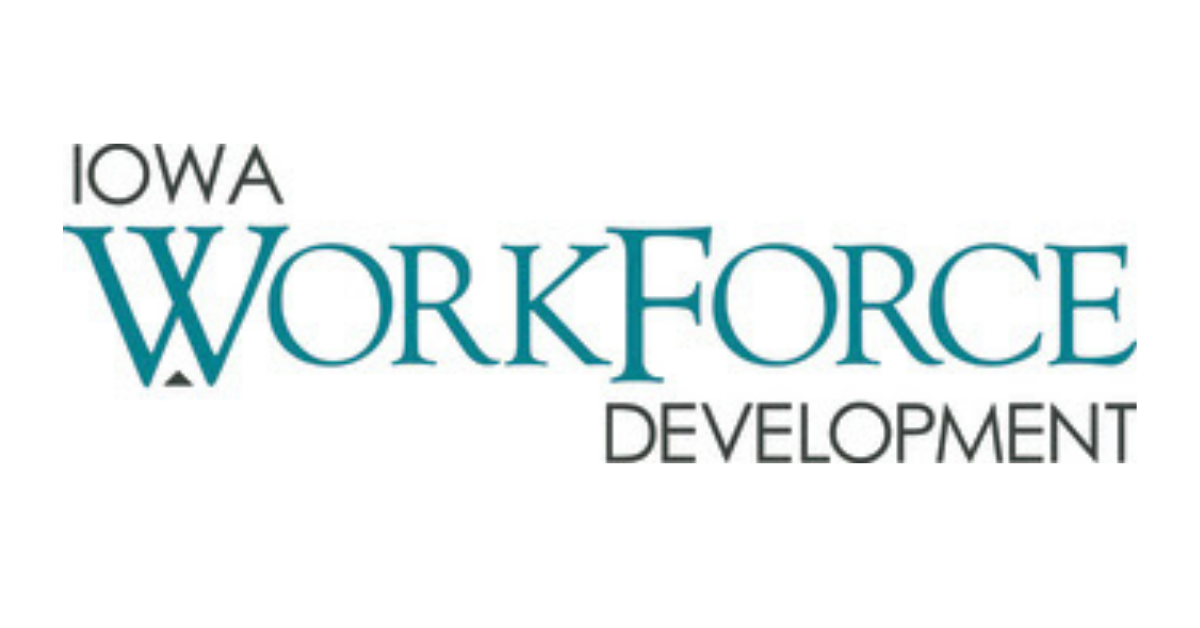
The Iowa Workforce Development is conducting its most recent statewide Laborshed study, the last one being conducted in 2021. A Laborshed is defined as the area from which an employment center attracts its workers, usually a larger metropolitan area that draws employees from outlying areas. Commuting patterns are determined and surveys help measure the availability […]
Already a subscriber? Log in
Want to Read More?
Get immediate, unlimited access to all subscriber content and much more.
Learn more in our subscriber FAQ.
- Unparalleled business coverage of the Iowa City / Cedar Rapids corridor.
- Immediate access to subscriber-only content on our website.
- 26 issues per year delivered digitally, in print or both.
- Support locally owned and operated journalism.
Do you want to read and share this article without a paywall?
Click here to purchase a paywall bypass linkThe Iowa Workforce Development is conducting its most recent statewide Laborshed study, the last one being conducted in 2021.
A Laborshed is defined as the area from which an employment center attracts its workers, usually a larger metropolitan area that draws employees from outlying areas. Commuting patterns are determined and surveys help measure the availability and characteristics of labor within those areas.
“Local economic development teams, existing and prospective employers, as well as educational institutions, policy makers, and others use the results of these studies to familiarize themselves with the current labor market characteristics of their area,” said Bridget Weddle, Iowa Workforce Development labor market research economist.
“This data can be useful in the decision-making process for business expansion, business-startups, businesses moving into the market, and the recruitment of desired workforce. It also informs existing and prospective employers about labor availability, education level of the available workforce, job search resources used, current and desired wages, current and desired benefits, and a multitude of other workforce characteristic data which is collected through the survey.”